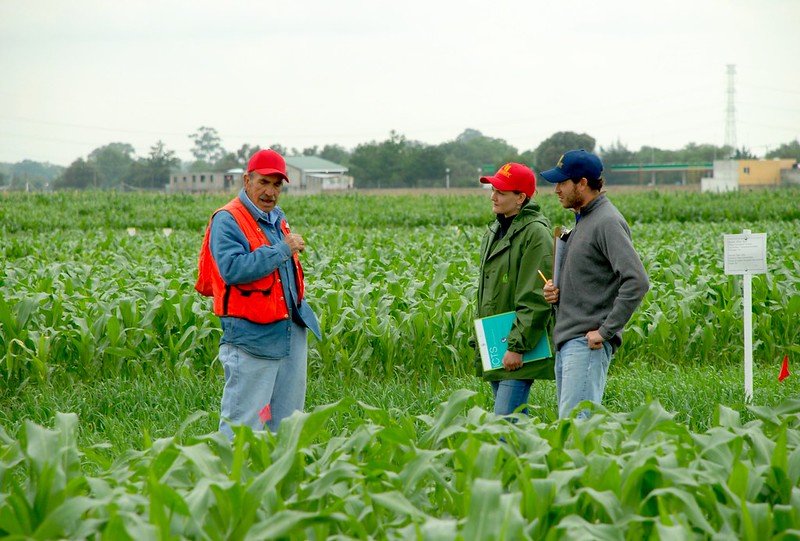After spending the past weeks researching regenerative practices and intended outcomes, I have pivoted during the past week to read about regenerative certification schemes such as Regenerative Organic Certified, A Greener World Regenerative Certified, Regenified, Soil Carbon Initiative Certification, and Regen1. While these certifications differ in their standards and tracking/measurement methods there were a couple of common themes that are worth noting:
- These certifications hvae some sort of tier-based system or built-in incremental commitments to increase regenerative practices or the amount of land that is being managed regeneratively over time. This is important in that it incentivizes farmers to continue pushing forward for more regenerative practices, soil carbon sequestration, and ecosystem benefits rather than stagnating post certification. This incremental build-up is especially important for soil carbon sequestration which can continue increasing until soils have reached a saturation point.
- Many certifications reference the importance of animal welfare and human/worker equity and have required standards on these principles. While in the academic literature regenerative agriculture is frequenly discussed as a type of agricultural system that aims to yield certain carbon sequestration and biodiversity benefits, it is interesting to see that within the industry side amongst practitioners and certification standards it is viewed even more holistically, aiming to improve the lives of farmers and farm workers as well.
- Multiple standards cite importance of other pre-existing certifications–for example, Regenerative Organic Certified requires USDA Organic certification, A Greener World Regenerative Certified requires adherance to Animal Welfare Approved, and Regen1 takes account of farmers and ranches pre-existing certifications during the on-boarding process. This highlights how regenerative practices can overlap with other farm strategies as well, and may streamline the regenerative certification process. However, this could also represent additional certification expenses, as producers could be encouraged or even required to pay for multiple certifications.
- Most standards are not written with strict black and white rules and restrictions, there is room for flexibility, improvement over time, and consideration of the local context. For example, rather than setting the standard of no-till at any time, most regenerative standards set a principle of reducing till and minimizing soil disturbance, setting standards around when till is allowed and setting benchmarks for reducing frequency.
While there were many similarities amongst the the certifications, they differed in measurement strategies as some were centered around regenerative practices while others focused on measuring the outcomes. Regenerative Organic Certified for example focuses heavily on what practices are implemented on the farm while the Soil Carbon Initiative aims to measure outcomes with soil health tests and biodiversity field assessments. Measuring and documenting practices is fine as long as the practices are implemented effectively and according to the local ecosystem to ensure that they are actually yielding the desired environmental benefits. Measuring the outcomes on the other hand may provide a more accurate depiction of how effective the regenerative system is at improving the farm ecosystem, but measuring things such as biodiversity can be complicated, and continual assessments are needed to across fields and over time to accurately assess any changes.
Generally, the standards and principles outlined in these different measurement and certification programs align strongly with how regenerative agriculture is discussed in the academic literature, especially when it comes to describing what farming practices are preferred and what the potential benefits may be. Over time, as more producers opt into these programs it will be interesting to see which certification is the most popular given the price point, accessibility, and support that is provided. Hopefully, regenerative farming will become more commonly represented through labelling on our grocery store shelves, and farmers will be able to reap the revenue benefits of their regenerative systems while simultaneously preserving their on-farm ecosystems.

References:
“Farm like the World Depends on It.” Regenerative Organic Certified, Regenerative Organic Alliance, 13 Jan. 2022, https://regenorganic.org/.
“Farm Standard.” Soil Carbon Initiative, https://www.soilcarboninitiative.org/farmstandard.
“REGEN1.” GREEN BROWN BLUE, The Lexicon, 7 Apr. 2022, https://greenbrownblue.com/regen1/.
Regenified, Regenified LLC, https://regenified.com/.
Wuorenma, Stephanie. “Certified Regenerative by AGW Standards.” A Greener World, A Greener World, https://agreenerworld.org/certifications/certified-regenerative/certified-regenerative-standards/.